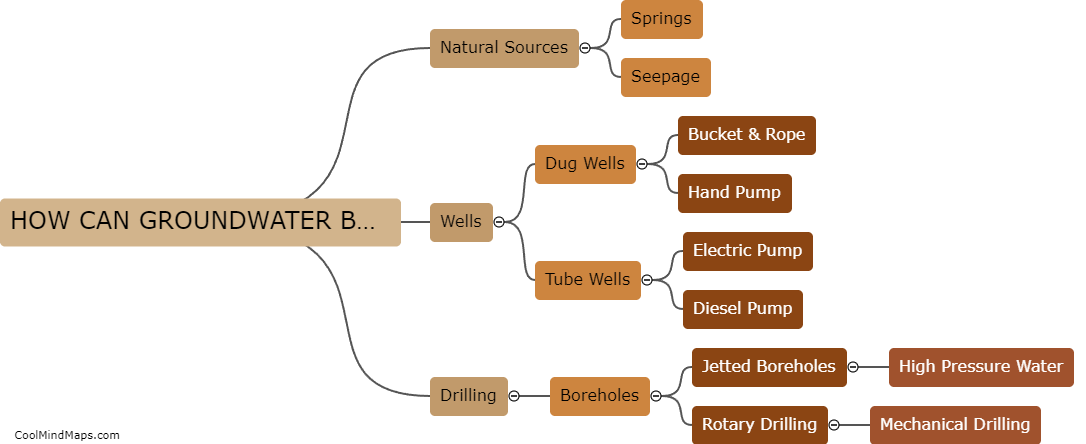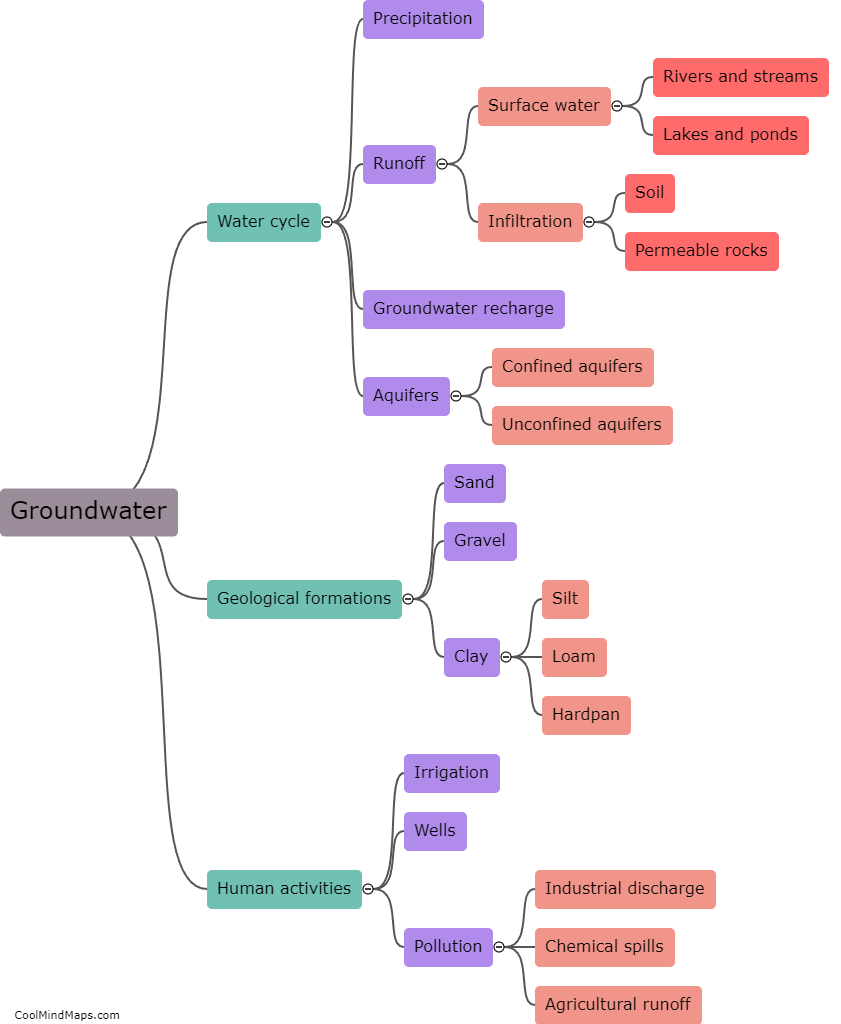How can groundwater be accessed?
Groundwater, which is the water located beneath the Earth's surface in the porous spaces of soil and rock, can be accessed through various methods. The most common way to access groundwater is by drilling a well. A well is typically constructed by drilling a hole into the ground and inserting a pipe, called a casing, to prevent the hole from collapsing. Water is then pumped out of the well using a pump system. Another method to access groundwater is by constructing a spring. Springs occur when groundwater naturally flows to the surface. By locating the source of the spring and building a collection point, the groundwater can be accessed. Additionally, some areas have natural underground reservoirs, known as aquifers, which can be tapped into via extraction wells. These wells are specifically designed to draw water from the underground aquifer system. Overall, accessing groundwater requires appropriate drilling or extraction techniques to tap into this vital water resource.

This mind map was published on 27 November 2023 and has been viewed 83 times.











